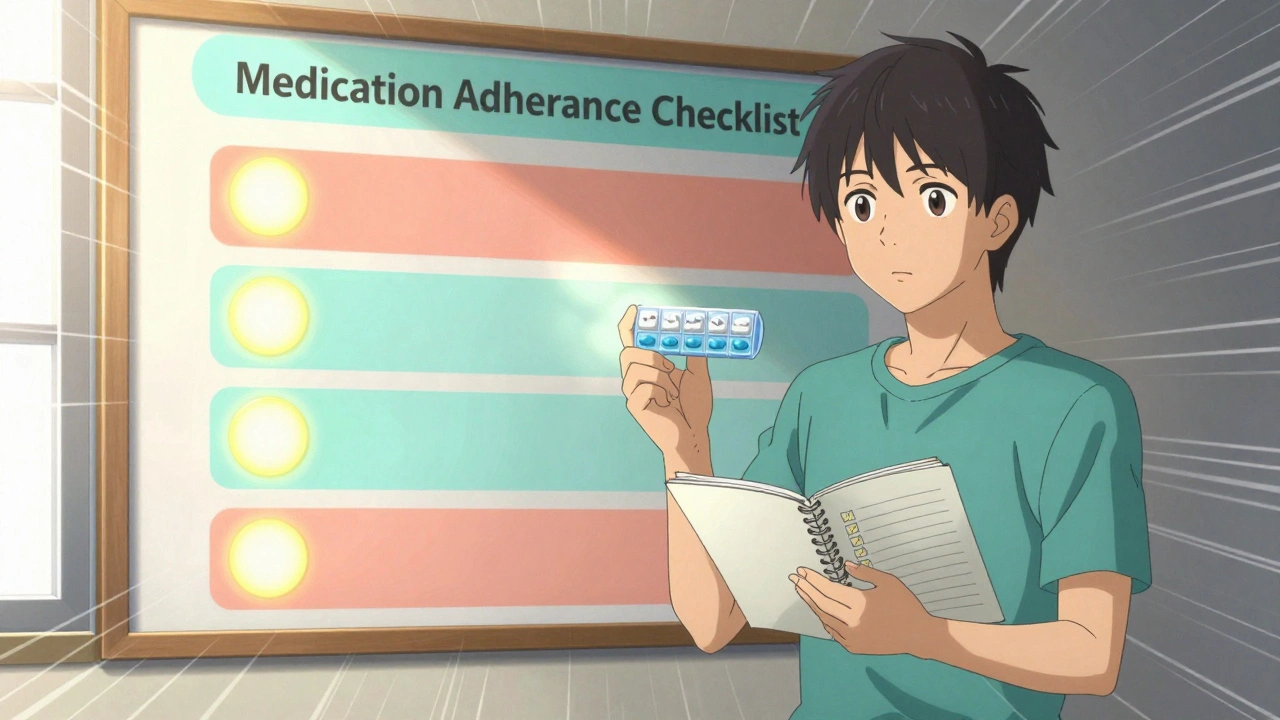Diabetes management: practical steps to keep blood sugar steady
High blood sugar can damage nerves, eyes, kidneys and heart long before you feel anything. That makes daily habits more powerful than you might think. This page gives clear, usable steps — targets, meds basics, food and exercise tips, plus quick actions for lows and sick days.
Daily routine that actually helps
Start with targets you can measure. A common goal: fasting glucose about 80–130 mg/dL, and under 180 mg/dL two hours after a meal. Many people aim for A1c under 7% but talk with your clinician to pick the right number for you.
Check blood sugar where it matters: fasting in the morning, before meals, and when you suspect a low. If you use a continuous glucose monitor (CGM), review trends: highs after certain meals or lows during exercise are clues you can act on.
Use the plate method for meals: half non-starchy veggies, a quarter lean protein, a quarter carbs. For quick fixes, prefer whole grains and fiber — they slow the sugar spike. Learn basic carb counts for your usual meals so you can dose insulin or choose portions that keep numbers steady.
Move daily. Aim for 30 minutes of moderate activity most days — brisk walking, cycling, or even a fast-paced house-cleaning session. Exercise lowers blood sugar and improves insulin sensitivity. If you take insulin or sulfonylureas, check before and after exercise and keep a small carb snack handy in case of a drop.
Medications, tech and safety actions
Metformin is often first-line for type 2 diabetes. Newer drug classes like SGLT2 inhibitors and GLP-1 receptor agonists can help with weight, heart and kidney protection — ask your provider if they're right for you. For type 1 diabetes and some type 2 cases, insulin is the main tool; understand basal (background) and bolus (mealtime) doses.
Know low blood sugar signs: shakiness, sweating, fast heartbeat, confusion. Treat a low with 15–20 grams of fast carbs (glucose tablets, 4 oz fruit juice, or regular soda), wait 15 minutes and recheck. If you have severe lows or loss of consciousness, emergency help is needed.
Sick-day plan: test more often, keep taking meds unless told otherwise, stay hydrated, and check for ketones if you have type 1 or high sugars. Call your healthcare team early if vomiting, persistent high numbers, or ketones appear.
Protect feet and eyes: inspect feet daily, wear well-fitting shoes, and get yearly eye exams plus an annual kidney check (urine albumin and creatinine). Small problems spotted early are much easier to treat.
Simple habits make a big difference: set phone alarms for meds, use a pillbox, keep supplies (test strips, extra insulin pens, carb snacks) in a travel kit, and log results in an app or notebook to spot patterns before they become emergencies.
Need personalized help? Your provider or a diabetes educator can tailor targets, adjust meds and teach carb counting or insulin dosing. Practical changes today mean fewer complications later.
Managing Diabetes with Chlorthalidone: Effective Strategies for Blood Sugar Control
Chlorthalidone, a diuretic medication commonly used to treat hypertension, has gained attention in managing diabetes due to its ability to impact blood sugar levels. The relationship between chlorthalidone and diabetes management is complex and requires careful consideration by healthcare professionals. For those managing both hypertension and diabetes, understanding how chlorthalidone affects blood sugar is crucial. This article delves into the mechanisms of chlorthalidone, its effects on diabetes, and strategies for effective blood sugar management.






